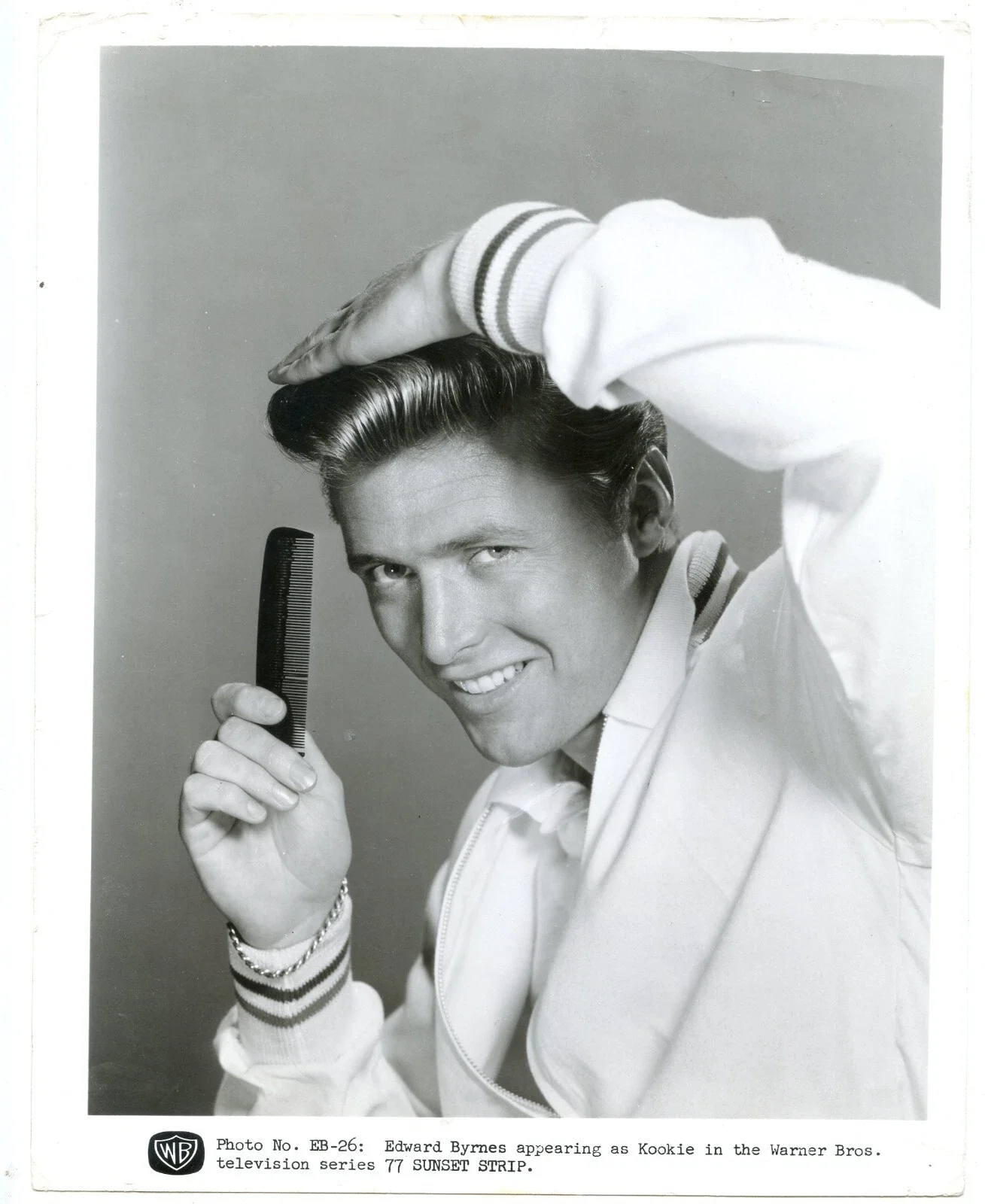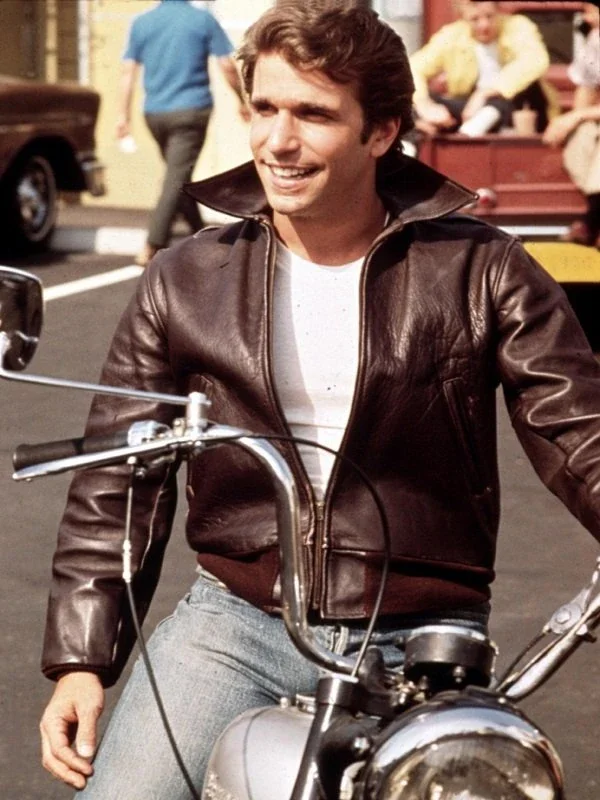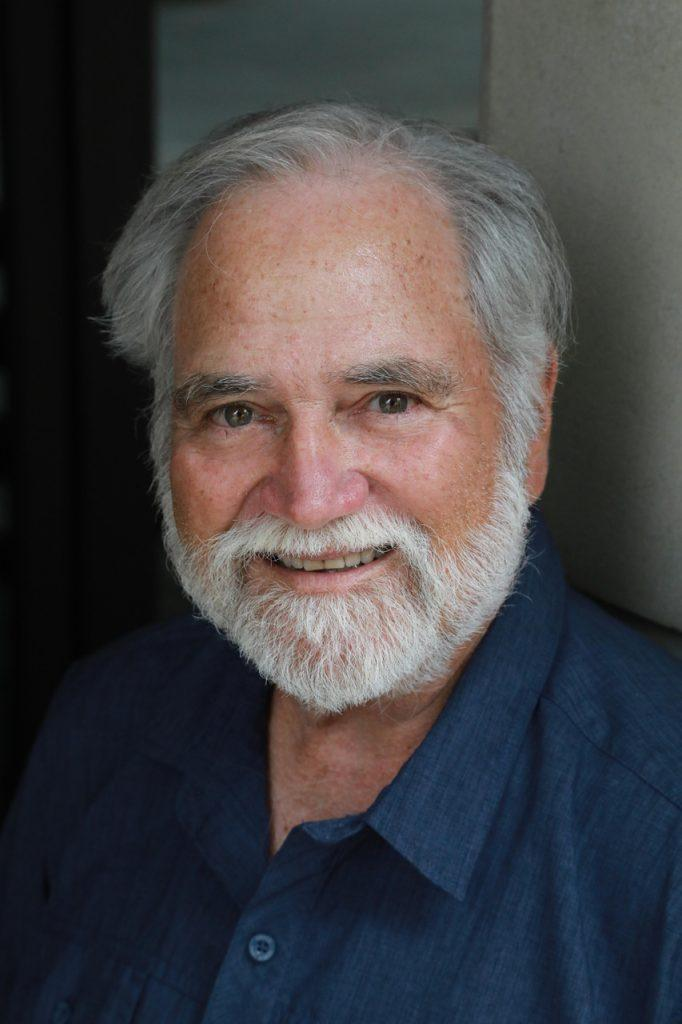Now That’s Cool
By Rick Rader, MD, FAAIDD, FAADM, Editor-in-chief, Helen Journal
Growing up in the 60’s, every guy wanted to be “cool.” We had several role models to emulate. First there was “Kookie” played by Ed Byrnes. Byrnes was best known as Kookie in the private detective series “77 Sunset Strip,” which ran from 1958 to 1964. Byrnes played a hip parking attendant at a Hollywood nightclub who helped out with cases. He was known for his hipster lingo, including the catchphrase “Baby, you’re the ginchiest!” He was the personification of cool.
Then there was “Fonzie.” Arthur Herbert Fonzarelli, better known as “Fonzie” or “The Fonz,” he was a fictional character played by Henry Winkler in the American sitcom, Happy Days (1974-1984). Fonzie was seen by many as the epitome of coolness. He was a stereotypical greaser who was frequently seen on his motorcycle, wore a leather jacket, and typified the essence of cool, in contrast to his circle of friends. He was famous for the expression, “Sit on it.”
But far and away the “King of Cool” was the actor Steve McQueen. My favorite Steve McQueen quote was, “I would rather wake up in the middle of nowhere than in any city on earth.” While I’m still not sure what he meant by that it certainly sounded “cool.” McQueen’s illustrious legacy has come to be defined by his antihero acting persona that influenced the counterculture of the 1960s. Known for his rugged good looks and nicknamed “The King of Cool”, McQueen shot to fame with his work in films like “The Great Escape” and “Le Mans”. He was considered so cool that a pair of his sunglasses sold at auction for $75,000, as if the owner automatically became cool when he wore them.
“Kookie”
So what exactly makes someone cool?
Ashley Fike contributes to an understanding of this elusive trait. “What makes someone cool? Not just admired or respected—but genuinely, universally cool? A new international study says the answer holds steady from New York to Nigeria: six personality traits consistently define what we see as cool, and being a ‘good’ person isn’t really one of them.”
The research, published in the Journal of Experimental Psychology: General analyzed how nearly 6,000 people across 13 countries rated people in their lives as cool or not. The scientists weren’t looking for fame or popularity. They asked participants to rate non-famous people they actually knew—friends, coworkers, acquaintances. That’s how they landed on a set of traits that seem to cut through culture, language, and tradition.
The six traits that have been identified as qualifying an individual as being ‘’cool,’’ are not typically applied to people with complex disabilities. People who we see more often in wheelchairs or with walkers, than on motorcycles. People who often require the assistance of a caregiver than a person who escapes from a POW camp on a motorcycle flying over cliffs. People who communicate through an electronic device rather than climbing on the top of a bridge to declare their love with a spontaneous sonnet.
Fonzie
But yet, the traits that constitute “cool” are what I see daily in the people I hang out with at the Orange Grove Center in Chattanooga.
Extraversion ranks first. Cool people are the ones who speak up, take space, and bring energy with them. Cedric comes to mind first. He is a 49-year-old guy with cerebral palsy and can always be counted for “speaking up.” Especially about things that bug him.
Hedonism comes next—not recklessness, just a clear drive to enjoy life and chase what feels good. I see that in Alice. She is a 50-year-old woman, with visual impairment (blind) and significant intellectual disabilities. She is constantly on the lookout for things she likes to feel against her skin. Fur is her favorite, and she will go to any length to spend time up against anything with fur… a jacket, a blanket or a kitten.
Power is another key trait, with cool people perceived as influential individuals who have resources, status, and the ability to affect others’ behavior. Trevor could be typecast as a “power broker.” He is a 34-year-old male on the spectrum. His behavior often affects others’ behavior. So that puts him at the table with the other cool kids.
The next quality is adventurousness. Cool people are viewed as risk-takers who seek new experiences and aren’t afraid to step outside their comfort zones. Zelda is starting a new job working in an animal hospital. Her challenge will be how to stabilize dogs and cats while they are being examined because she only has one arm and one leg. If ever there was a cool adventurer, it’s Zelda.
Openness to new experiences distinguishes cool people as creative, intellectually curious, and willing to consider unconventional ideas. Matilde is known for considering unconventional ideas. She demonstrated being unconventional and curious when she tried (for the first time) eating at a Korean restaurant. For days she didn’t stop telling her staff at her group home know how much she enjoyed kimchi. She has also encouraged two of her housemates to accompany her on her next visit to the restaurant. Talk about being cool.
Finally, autonomy can make someone seem cool. This refers to the tendency to follow one’s own path rather than simply conforming to others’ expectations. Petie loves to wear his Davy Crockett coonskin cap, which he has worn since he got it for his fifth birthday, 18 years ago. It has become his signature, and while his co-workers have had to secretly replace it several times because it had become worn and damaged, no one is as cool as Petie wearing that signature cap with the swinging tail.
Dr. Todd Pezuit, one of the lead researchers from the Universidad Adolfo Ibanez shares, “Coolness has definitely evolved over time, but I don’t think it has lost its edge. It’s just become more functional. The concept of coolness started in small, rebellious subcultures, including Black jazz musicians int he 1940s and the beatniks in the 1950s. As society moves faster and puts more value on creativity and change, cool people are more essential than ever.”
There is no doubt that people with disabilities are cool. We see it daily in so many different ways. It simply requires us to stop for a moment and imagine them wearing a pair of sunglasses borrowed from Steve McQueen.
Rick Rader, MD, FAAIDD, FAADM, DHL (hon)
Director, Habilitation Center, Orange Grove Center
Member, National Council on Disability Alumni
President, American Association on Health and Disability
Board, American Academy of Developmental Medicine and Dentistry
Board, Alliance for Disability in Health Care Education
Executive Committee, Friends of the National Center on Birth Defects and Developmental Disabilities, Centers for Disease Control and Prevention
Medical Advisory Committee, Special Olympics International
Emeritus Advisor, Agency for Healthcare Research and Quality, US Dept of Health and Human Services
Editor-in-chief, HELEN, Journal of Human Exceptionality
Member, National Academy of Practice in Medicine
National Medical Advisor, National Alliance for Direct Support Professionals




